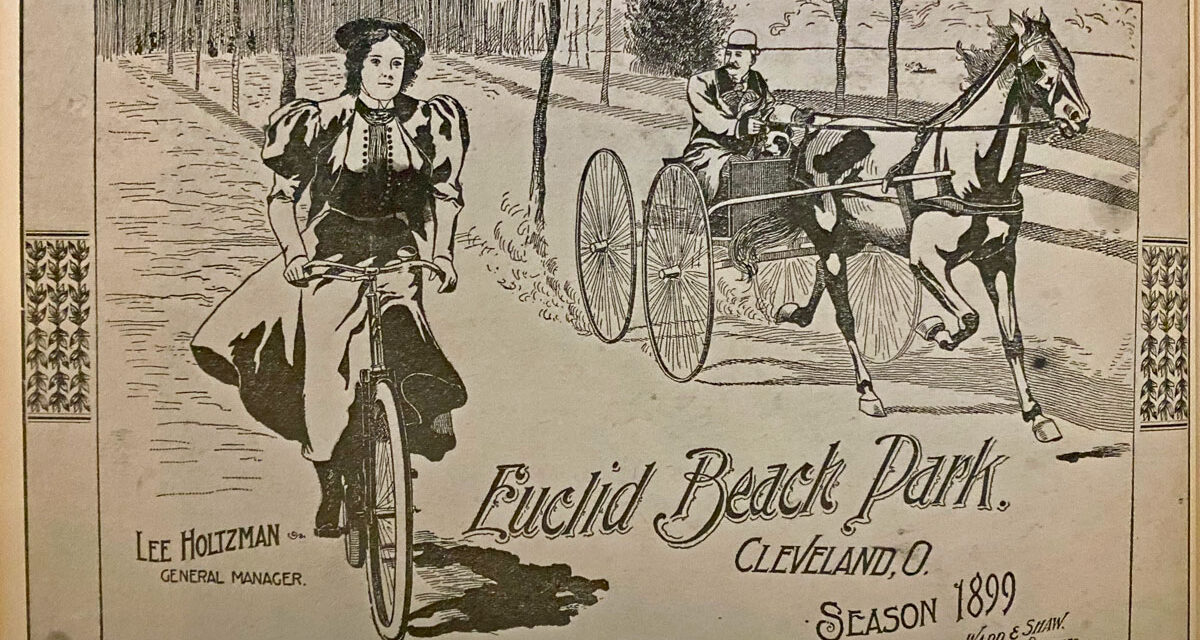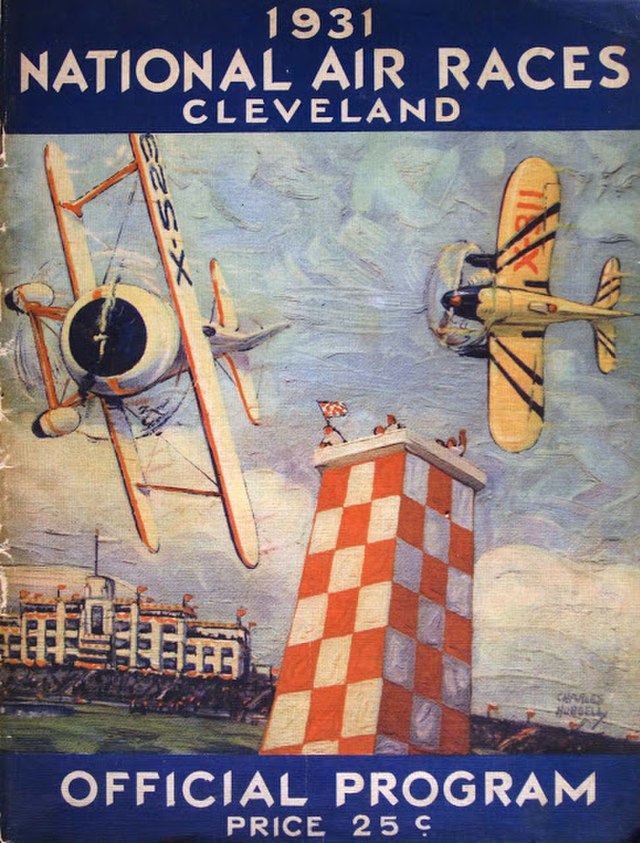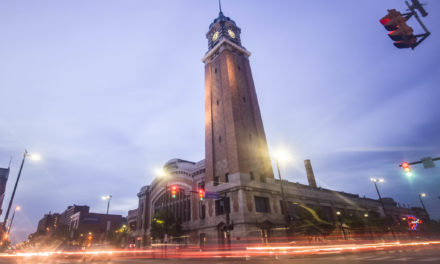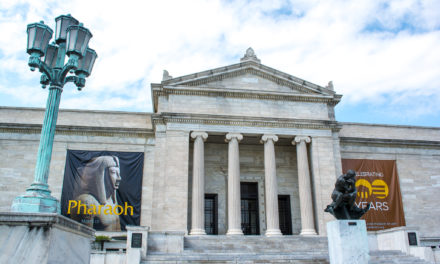CLEVELAND HISTORY
Opening of the Cleveland Museum of Contemporary Art (April 14, 1968): This museum opened its doors to the public, focusing on presenting contemporary art by emerging and established artists both nationally and internationally. It has since played a key role in enriching Cleveland’s cultural landscape.
Establishment of the Cleveland International Film Festival (April 15, 1977): The Cleveland International Film Festival was first held on this date, aiming to promote filmmaker voices and enhance awareness of global cultures and issues. This festival has grown to become a significant event in the city’s cultural calendar, attracting thousands of attendees each year.
Founding of the Great Lakes Science Center (April 16, 1996): The Great Lakes Science Center was established to educate and inspire visitors through interactive exhibits related to science, technology, and the environment, emphasizing the Great Lakes region’s contributions.
Euclid Beach Park Opens (April 17, 1895): This iconic amusement park located on the shore of Lake Erie opened, becoming a beloved destination for family entertainment for decades until its closure in 1969. Its historical significance and nostalgic memories remain cherished in the Cleveland community.
Gordon Park Established (April 20, 1893): Named after William J. Gordon, this lakefront park was dedicated to the city of Cleveland, offering recreational activities and becoming a key green space for residents and visitors alike. It has played an important role in community gatherings and outdoor activities.
WORLD HISTORY
Assassination of Abraham Lincoln (April 14, 1865): President Abraham Lincoln was assassinated by John Wilkes Booth, a well-known actor and Confederate sympathizer, at Ford’s Theatre in Washington, D.C. Lincoln was attending a play titled “Our American Cousin” when Booth entered his private box and shot him in the back of the head. Lincoln succumbed to his injuries the following morning, profoundly impacting the nation and shaping the course of Reconstruction after the Civil War.
Sinking of the RMS Titanic (April 15, 1912): The RMS Titanic, a British passenger liner deemed “unsinkable,” struck an iceberg during its maiden voyage from Southampton to New York City and sank in the North Atlantic Ocean. Over 1,500 passengers and crew perished in the icy waters, making it one of the deadliest peacetime maritime disasters. The tragedy led to significant changes in maritime safety regulations, including lifeboat requirements and iceberg patrols.
Texas City Disaster (April 16, 1947): The SS Grandcamp, a cargo ship docked at Texas City, Texas, was loaded with approximately 2,300 tons of ammonium nitrate when it caught fire and exploded, triggering a chain reaction of explosions and fires that devastated the town. The disaster killed nearly 600 people and injured over 5,000, leading to widespread destruction and one of the worst industrial accidents in U.S. history.
San Francisco Earthquake (April 18, 1906): A major earthquake estimated at a magnitude of 7.9 struck San Francisco and the coast of Northern California. The quake and subsequent fires killed thousands of people (estimates range from 700 to over 3,000) and destroyed over 80% of San Francisco. This disaster prompted major reforms in urban development, building codes, and disaster preparedness.
Columbine High School Massacre (April 20, 1999): Eric Harris and Dylan Klebold, two students at Columbine High School in Littleton, Colorado, carried out a planned attack, killing 12 students and one teacher, and wounding more than 20 others before committing suicide. The massacre shocked the nation and led to significant changes in school security protocols, gun control debates, and the handling of bullying and mental health issues in schools.






